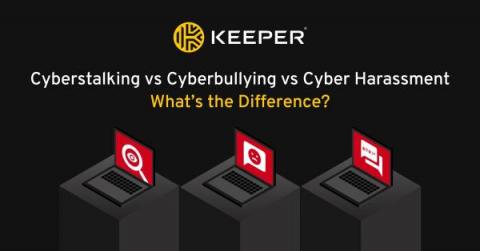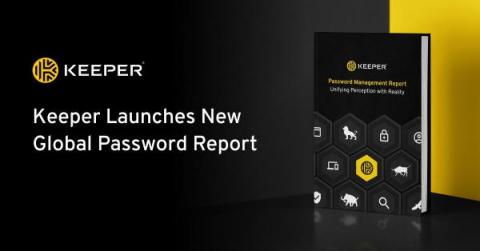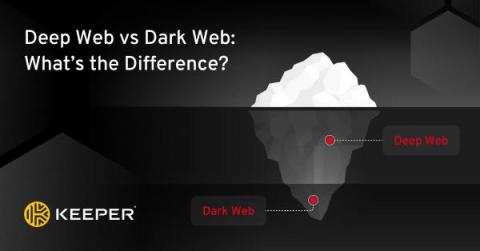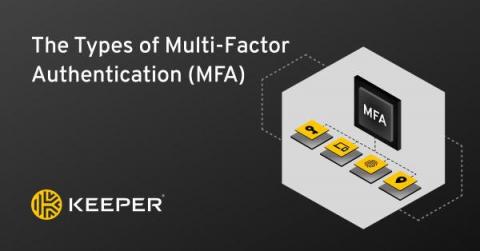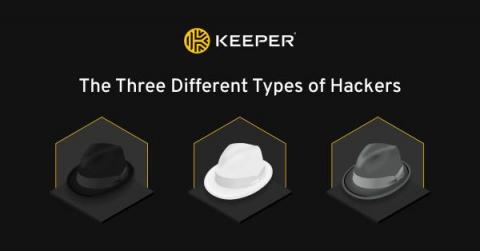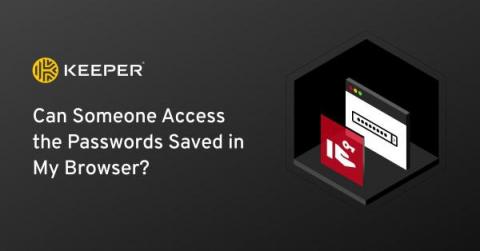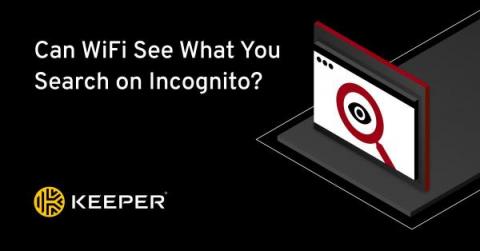How Can I Use PAM to Satisfy Cyber Insurance Requirements?
Privileged Access Management (PAM) enables organizations to address core controls needed to qualify for many cyber insurance policies. It’s important for organizations to be insured and mitigate the potential impact of a breach, and PAM is a critical part of any risk management strategy. In this blog, we’ll take a look at how organizations can satisfy common cyber insurance requirements with PAM, and the security benefits doing so offers.




